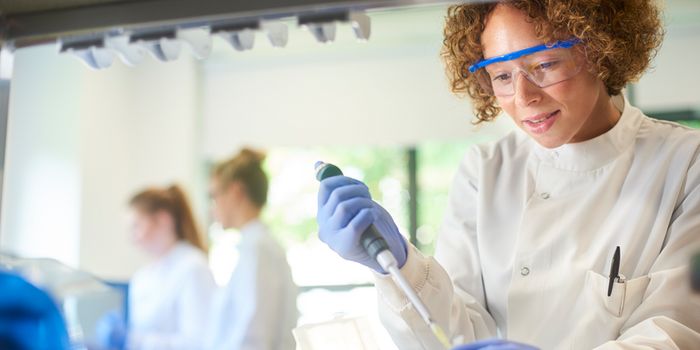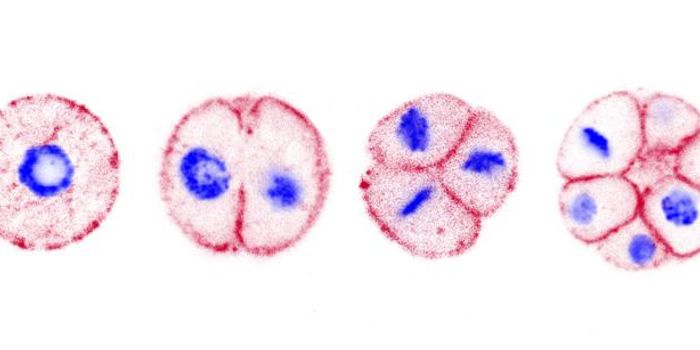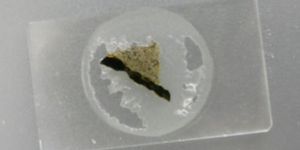Gene Variants Impact Natural Sunscreen & Vitamin D Levels
Vitamin D is required for good health, and vitamin D deficiencies have been linked to a variety of chronic diseases including bone disorders, heart disease, and diabetes. Sunshine, which contains ultraviolet rays, will alter a chemical precursor to cholesterol to vitamin D3, which is modified further to become 25-hydroxyvitamin D3 (25OHD), and subsequently, an active hormone called 1,25-dihydroxyvitamin D3 (1,25OHD). Scientists wanted to know more about how genetic variants influence vitamin D.
This study utilized genetic sequencing data from over 500,000 people in the UK Biobank. Reporting in Nature Communications, the researchers identified 143 genetic loci that were associated with 25OHD levels. Small changes in the sequences of certain genes were connected to the production of a kind of natural sunscreen.
"This study has implicated several new skin-related genes that impact on our vitamin D status, distinct from skin color which affects our ability to make vitamin D depending on the concentration of the pigment melanin in the skin," explained Professor John McGrath of the University of Queensland's (UQ's) Queensland Brain Institute.
"Vitamin D is the sunshine hormone and we need bright sunshine on the skin to make it, but variations in our genes also influence how efficient we are at doing that. Our findings suggest that genetic variants in the HAL (histidine ammonia-lyase) gene can vary the concentration of a small molecule in the skin which acts like an internal Sun Protection Factor, or SPF," McGrath added.
McGrath noted that vitamin D can impact the body in different ways. The molecule is able to absorb UVB light, the same light that the body needs to produce vitamin D. The amount of UVB light that skin is exposed to affects how much vitamin D can be generated.
This work has greatly expanded the number of genetic loci that are linked to vitamin D. "Previously we only knew about six regions, so these findings will provide new insights into how our body handles vitamin D," Professor Wray said. "The study has found many interesting new candidates that can help our understanding of factors that influence vitamin D concentration. Our findings are a treasure trove of clues which will keep researchers busy for a long time."
This research lends support to the idea that low vitamin D levels follow poor health, as opposed to contributing to the development or risk of health problems.
Sources: AAAS/Eurekalert! via University of Queensland, Nature Communications








